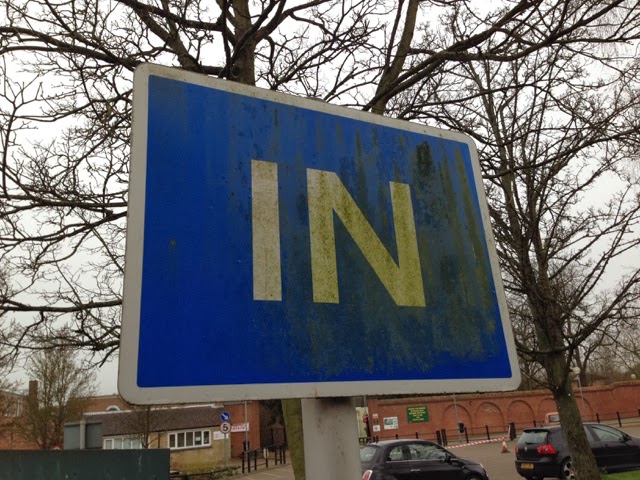A fulsome and official sign. There's lots going on here....multiple colours, font sizes...headlines through to small print, plus some logos.
By default we'll be hooked by the headlines, the biggest and boldest. So firstly, "YOU ARE IN A DESIGNATED PUBLIC PLACE"....and then the next headline is "MAXIMUM FINE OF £500".
So on a quick first impression it looks like the message is about being liable to a fine, just by being there. Serous red with some authoritative blue...that implicit reference to blue and red emergency colours . And that's all in "shouting" capitals too.
In reality the context is about more specific circumstances - in the middle size print - namely around continuing to drink alcohol when asked not to do so by a police officer.
It's the juxtaposition of soft and general "public place", which by default is anything not private and where most of us find ourselves a lot of the time, with the formal and specific "designation" for around alcohol consumption.
There's also something about the adoption of the generic "designation" here. Sure it's been designated, but the designation needs some more context specific headline description...It's probably more specifically alcohol management designation.























